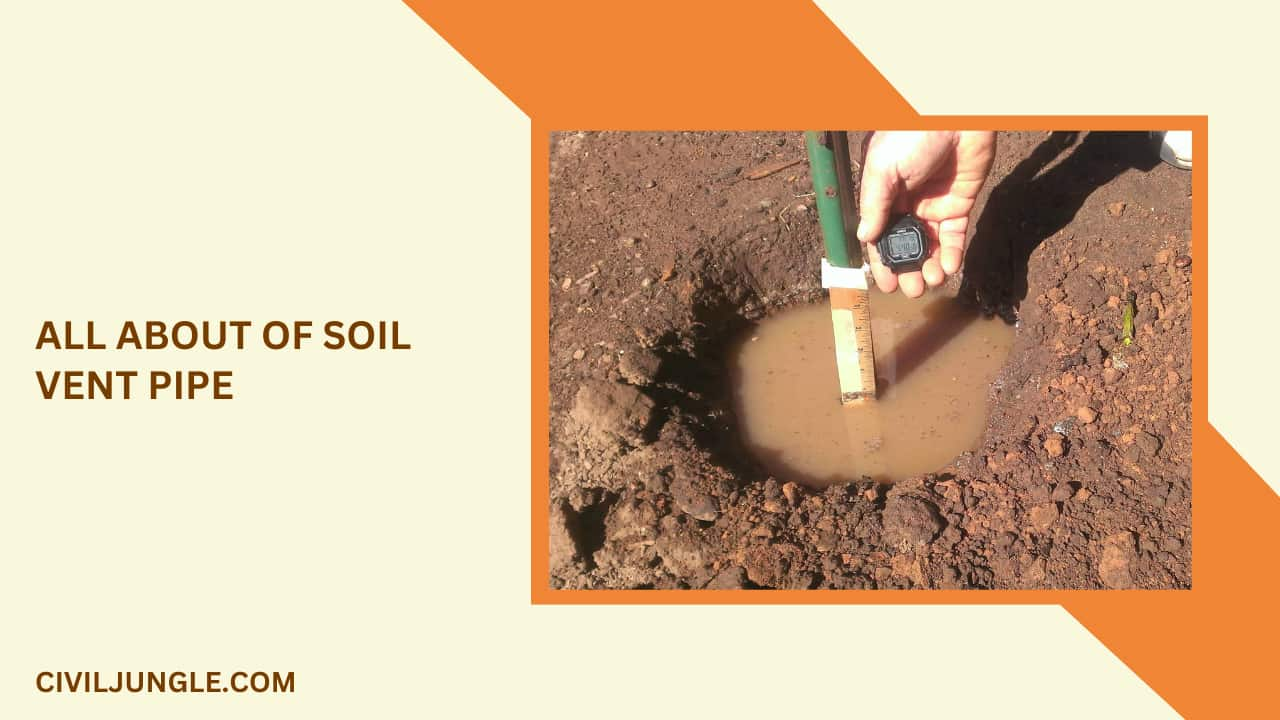
Introduction of Soil Vent Pipe
The plumbing system and the Drainage of the important aspect of the building because it helps to drain off the wastewater from the building. The wastewater in the building should be properly removed through the pipes to the septic tanks and sanitary sewer.
If the proper design and fittings of waste removal pipes are not done, then it may lead to the leakage of foul gases in the working environment of the building.
In this article, you will get to know what is soil stack, how do the soil vent pipe works and the overview of the plumbing system in the building.
What Is Soil Vent Pipe?
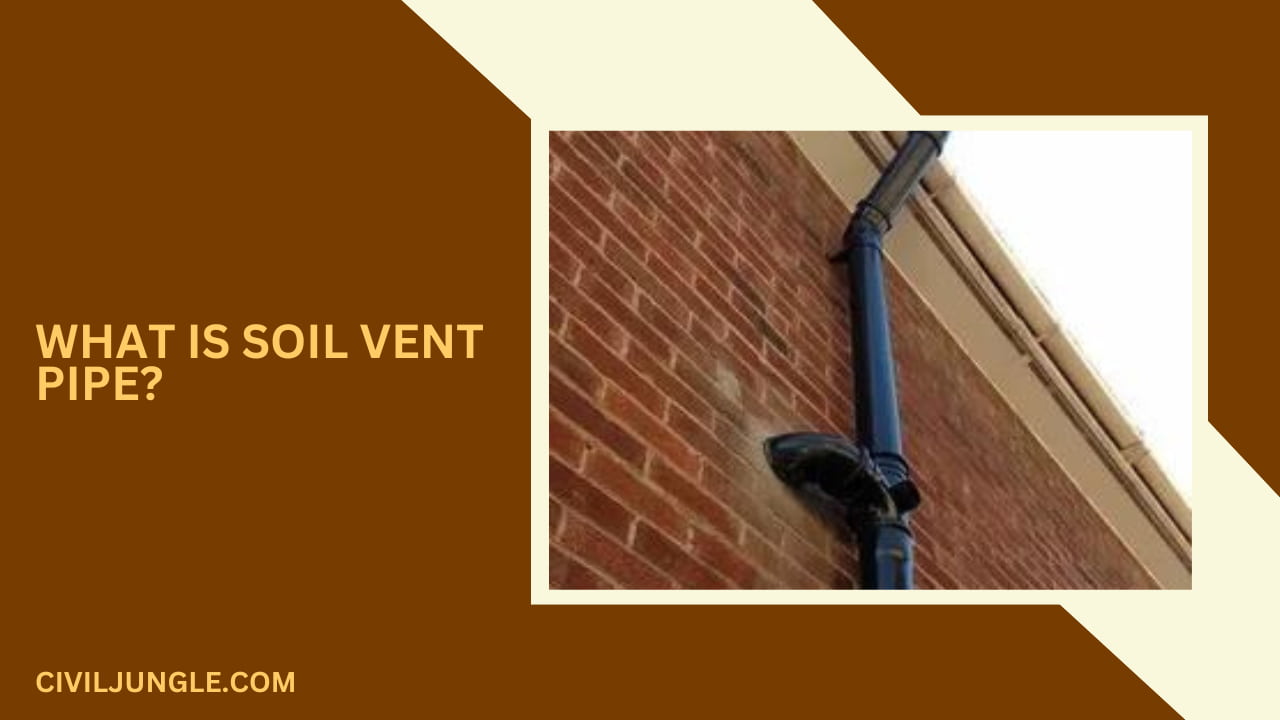
The soil pipe, often referred to as svp pipe, is a type of pipe used to convey sewage and wastewater generated from toilets or sinks. It’s also commonly known as a soil vent pipe.
The function of the soil vent pipe is to convey the wastewater and the solid waste or human excreta to the soil drain or sewers. The soil vent pipes are ventilated on the top at a greater height which will help to pass all the gaseous.
The main purpose of using a soil vent pipe is to regulate the pressure in the drainage system of the building. The SVP meaning in Construction is Soil Vent Pipe.
It is recommended to use the soil vent pipe with a greater dimension which will prevent the blockages. Generally, the 6-inch diameter size soil vent pipes should be used because they are more durable and does not undergo any blockages.
The waste water pipes had a smaller diameter as compared to the soil pipe because the waste pipes only have to carry the wastewater. The soil pipe runs in the vertical direction which starts from the underground drainage system up to the top level of the structure.
How Does Soil Stack Pipe Works?
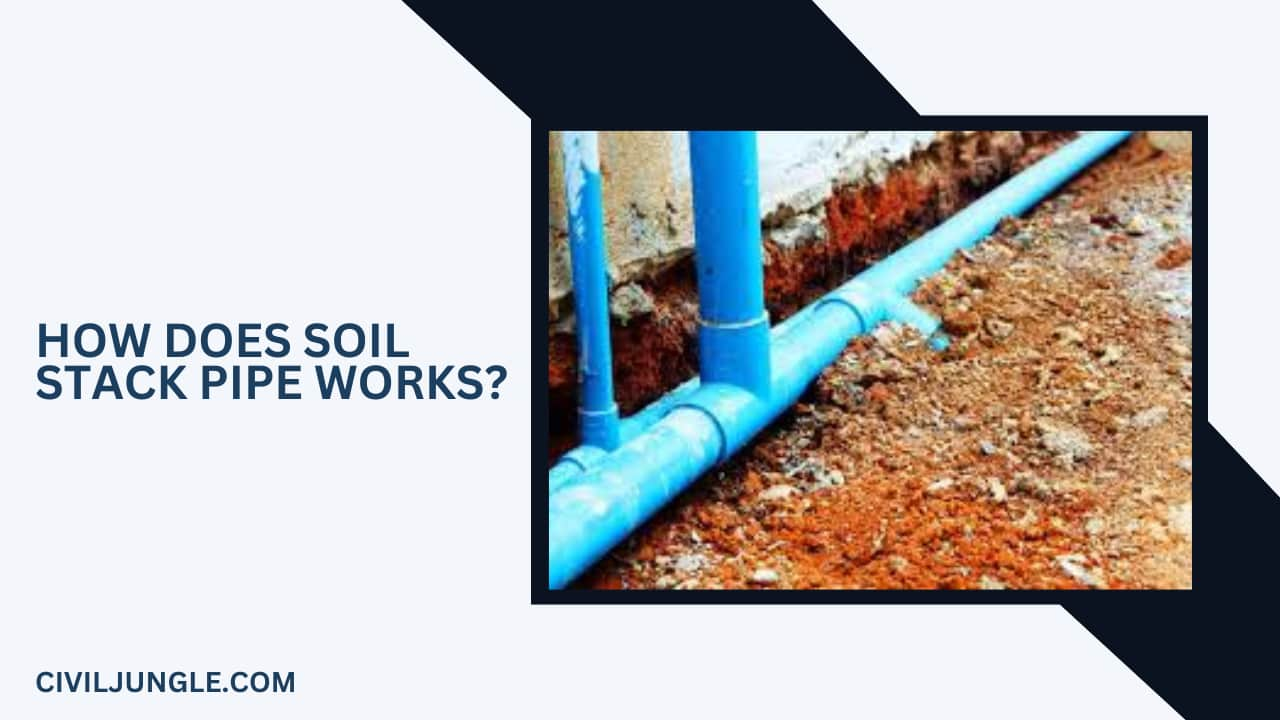
- The main purpose of installing the soil stack pipe, or soil stack vent, is to convey wastewater and waste solids from toilets, bathrooms, and sinks into the underground drainage system.
- The soil stack pipe is vented to pass the bad odour from the wastewater and solids into the atmosphere.
- The soil stack pipe is vented at a greater height so that the bad odour and gases which is generated in the soil pipe will pass in the atmosphere.
- The vent in the soil stack pipe is very important which ensures that drainage system remains at the atmospheric pressure.
- If the soil stack pipe is not vented then the bad odour will enter in the bathroom and toilet through the stack pipe which causes very bad odour.
- There may be chances of blockage of the soil vent pipe because of the nesting Birds. The blockage of the vent pipe creates air pressure inside it.
- It is very necessary that pipes should be protected with the wire or the perforated cap which will help to cover the pipe and prevent any material falling into the pipe.
Soil Vent Pipe Material
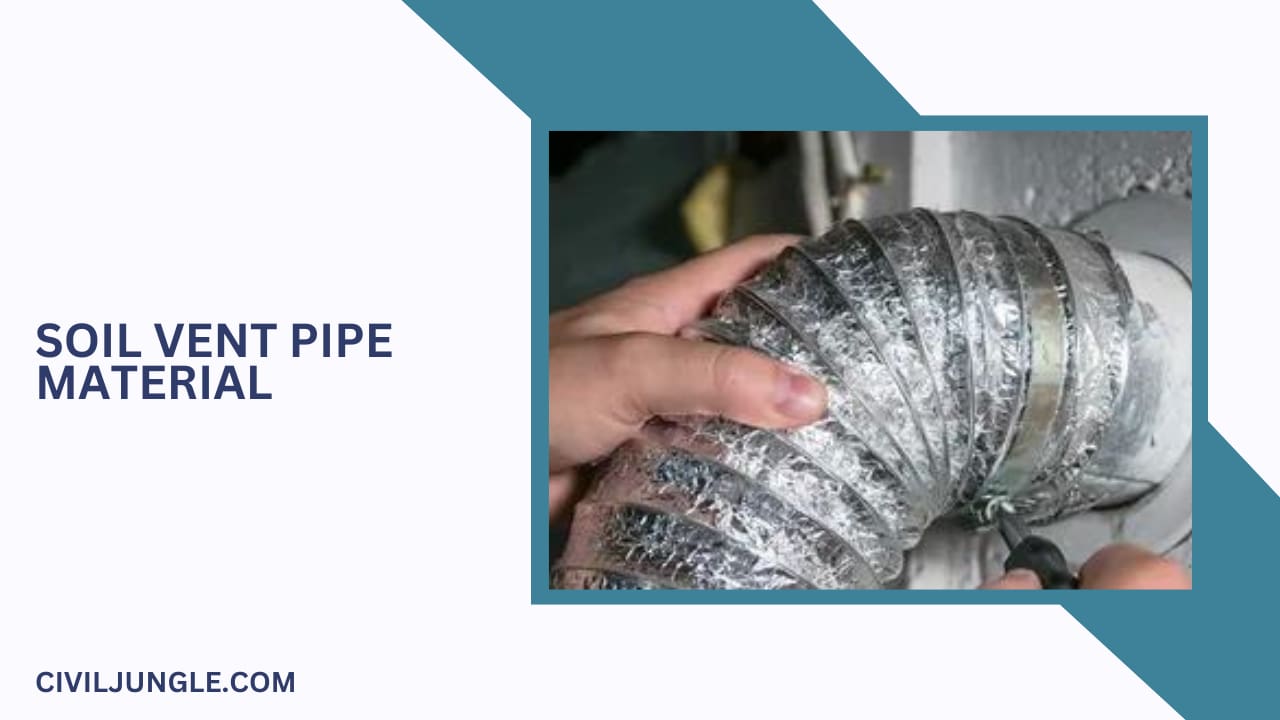
- The svp meaning construction refers to the Soil Vent Pipe, which is made from materials like cast iron and asbestos. Cast iron is an old method which is used for the fitting of a soil stack.
- The cast iron soil vent pipes are very strong but it is necessary to maintain it because it may undergo rust or corrosion.
- The cast-iron pipes are used in the olden days but nowadays soil pipes are made from the plastic.
- The soil pipes which are made up of UPVC are widely used in the residential drainage system because of its high durability and resistance. UPVC pipes are also economical which is best for your budget.
- UPVC pipes are lighter as compared to the conventional metal pipes.
Internal Soil Pipe Vent Regulations

- The position of the vent in the soil pipe, often referred to as internal svp constance knightanastasiobloomberg, is controlled and given as per the building regulations.
- It is very important to provide the vent at a particular height so that all the bad odour and the gases can escape from the pipe into the atmosphere without causing any nuisance to the occupiers and the neighbours.
- The Building Regulations state that the opening of the ventilating pipe should be located at least the height of 900 mm above any window in the structures that is within the distance of 3 metres of the pipe.
- It is also necessary to regularly maintain the soil vent pipe for its efficient working condition.
Types of Plumbing System
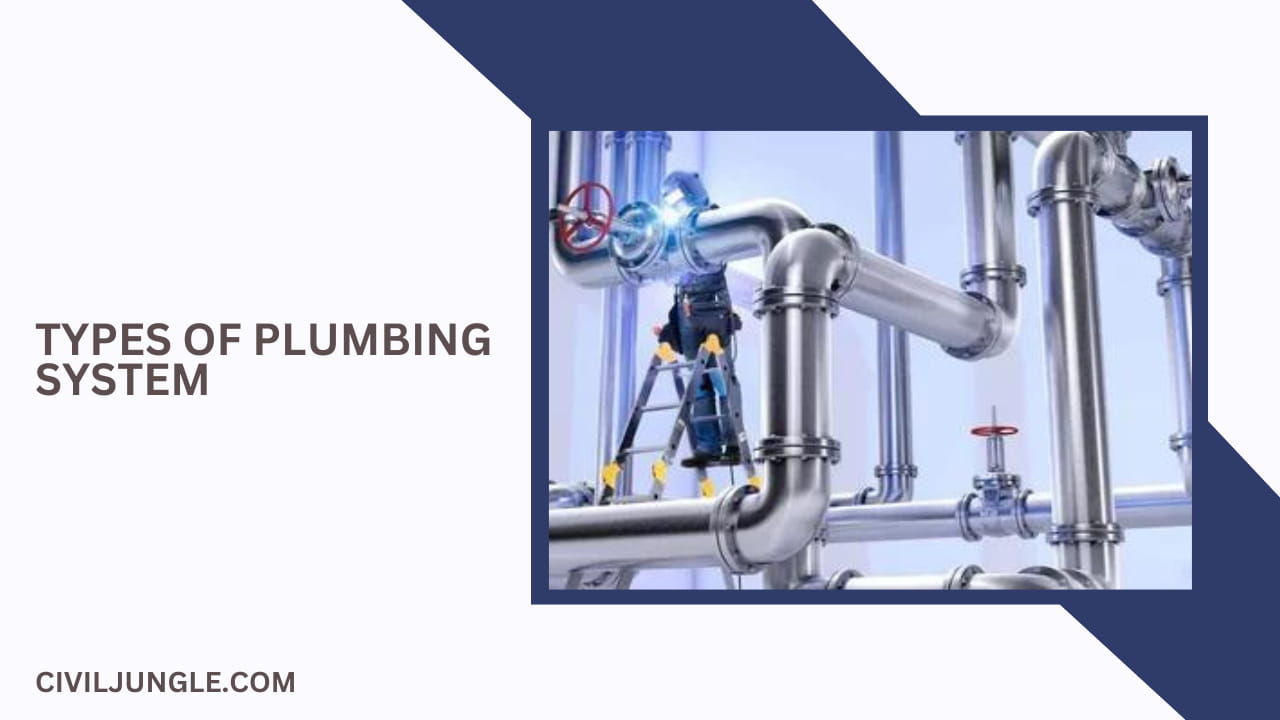
The plumbing system of the structure is categorised into mainly for types which are adopted in the plumbing of the drainage work of the building.
- Single stack system
- One pipe system
- One pipe system partially ventilated
- Two pipe system
1. Single Stack System
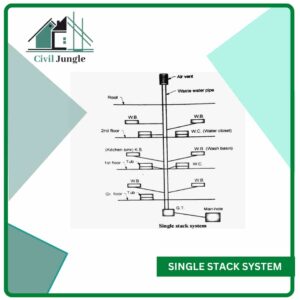 In case of the single stack system, there is a single vertical soil pipe which is fixed and all the waste matter comes from the kitchen bath and water closet is discharged into it.
In case of the single stack system, there is a single vertical soil pipe which is fixed and all the waste matter comes from the kitchen bath and water closet is discharged into it.- There is the single pipe in this system which also act as a vent pipe. In this pipe system, there is a year event is provided at the top of the pipe.
- The single stack system is economical but the effectiveness of the system depends upon the water seal.
2. One Pipe System
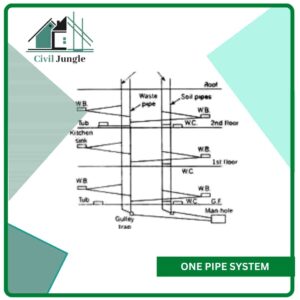 In the one-pipe system, there is a separate vent pipe which is provided in addition to the waste collection pipe.
In the one-pipe system, there is a separate vent pipe which is provided in addition to the waste collection pipe.- The one-pipe system is more effective as compared to the singles stack system. The separate vent pipe provides ventilation to the water seals of all the traps.
- In this system there is one soil pipe is provided from which all the waste matter from the bath, sink and water closets etc are discharge in the pipe.
3. One Pipe System Partially Ventilated
 In the one-pipe system partially ventilated there is an intermediate arrangement is provided between the one-pipe system and the single stack system.
In the one-pipe system partially ventilated there is an intermediate arrangement is provided between the one-pipe system and the single stack system.- In this system also there is only one soil pipe is provided through which all the waste matter from the water closets bath and sink are discharged into this pipe.
- The windpipe is also provided for ventilation to the traps of the water closets.
4. Two Pipe System
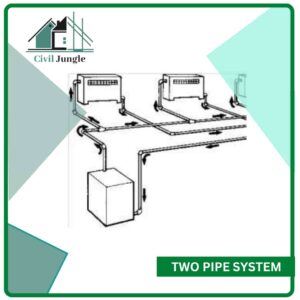 In the two-pipe system, there are two sets of pipes are used in which the one pipe is soil pipe which is connected to the soil fixtures such as urinals and water closets.
In the two-pipe system, there are two sets of pipes are used in which the one pipe is soil pipe which is connected to the soil fixtures such as urinals and water closets.- The second pipe is best to water pipe which is used to collect the wastewater from the bath and kitchen.
- In the two-pipe system, the soil Pipe and waste pipe both are provided with the separate vent pipes. There is total for pipes that are required in the two-pipe system.
- The two-pipe plumbing system is more expensive as compared to other types of plumbing system because there are a total of four pipes are required in this plumbing system.
Soil Vent Pipe Design
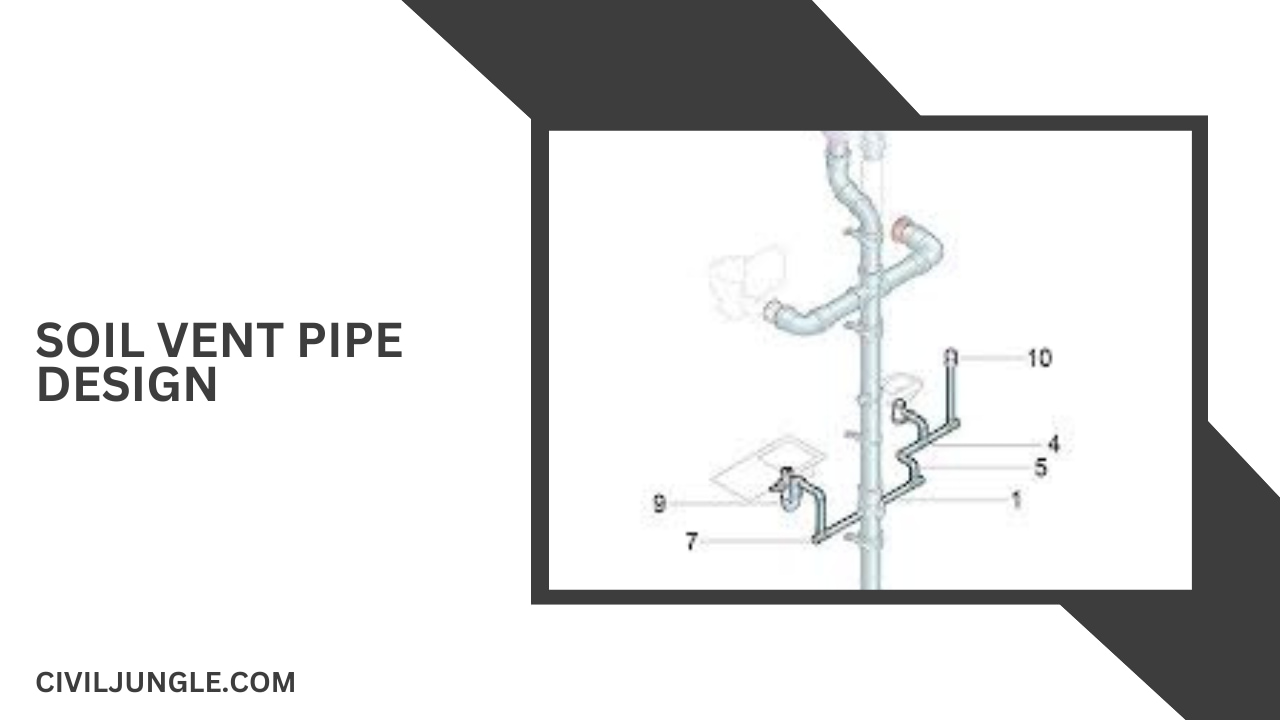
- The size of the soil vent pipe is determined from the total length of the pipe and the total number of fixtures units which are connected to the pipe.
- The area which is to be served by the drainage system should be divided into different types of zones.
- The two-pipe plumbing system is better as compared to other types of plumbing system because the two-pipe system is efficient for the conveyance of sanitary waste with the minimum risk.
- The one-pipe system has the more economical layout of pipes but it required sufficient to safeguard and proper ventilation.
- Nowadays the commonly used plumbing systems are partially ventilated one pipe system and the single stack system.
- In case of the High Rise buildings, the partially ventilated one pipe system is preferred because the windpipe is connected to the soil pipe appliances at each or alternate.
Factors Affecting Soil Vent Pipe Design
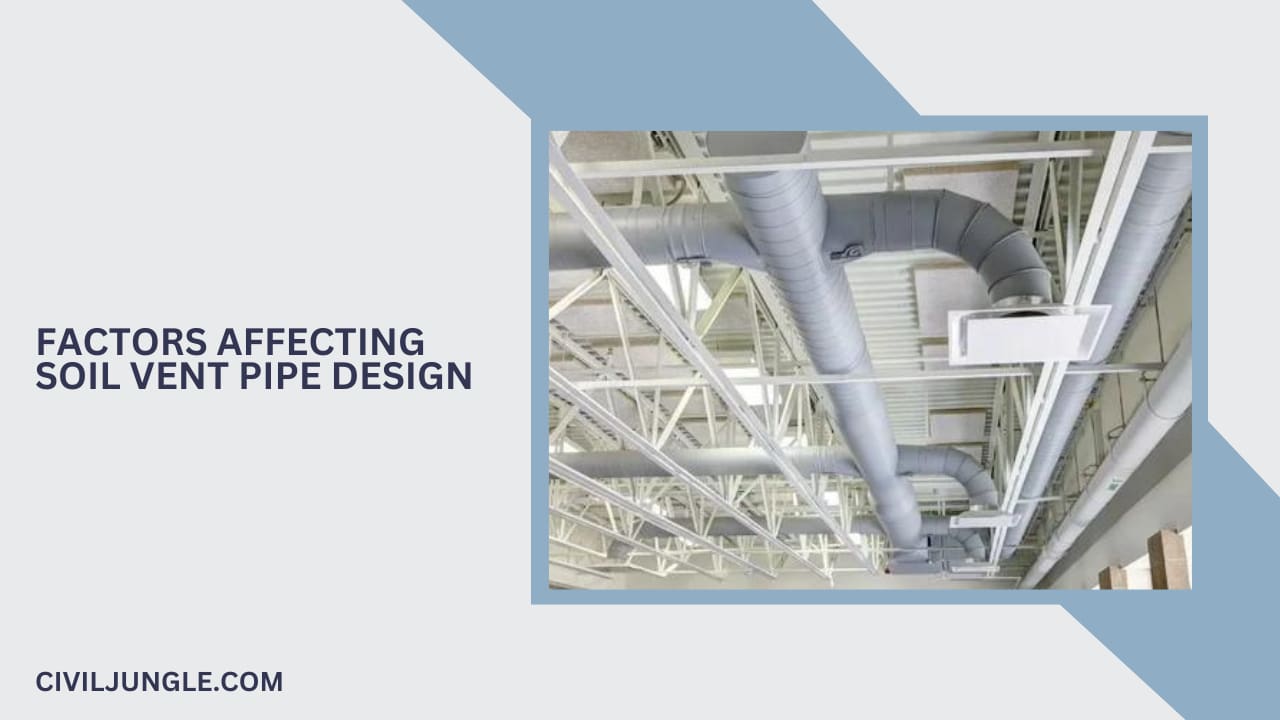
- Economy and the Cost
- Strength and Durability
- Resistance to Abrasion
- Lightweight
1. Economy and the Cost
To reduce the overall cost of the construction required for the soil vent pipe, the design of the soil vent pipe should be done such that it should cost less amount.
2. Strength and Durability
The soil vent pipe or stack pipe should be durable and have sufficient strength.
3. Resistance to Abrasion
- The soil vent pipe main cause wear and tear due to abrasion.
- The selection of the soil vent pipe should be done such that it should resist to Abrasion.
4. Lightweight
The Soil vent pipe should be light in weight so that it can be easily transported and handle from one place to another place.
Maintenance of the Sanitary Units and the Pipes in the Plumbing System
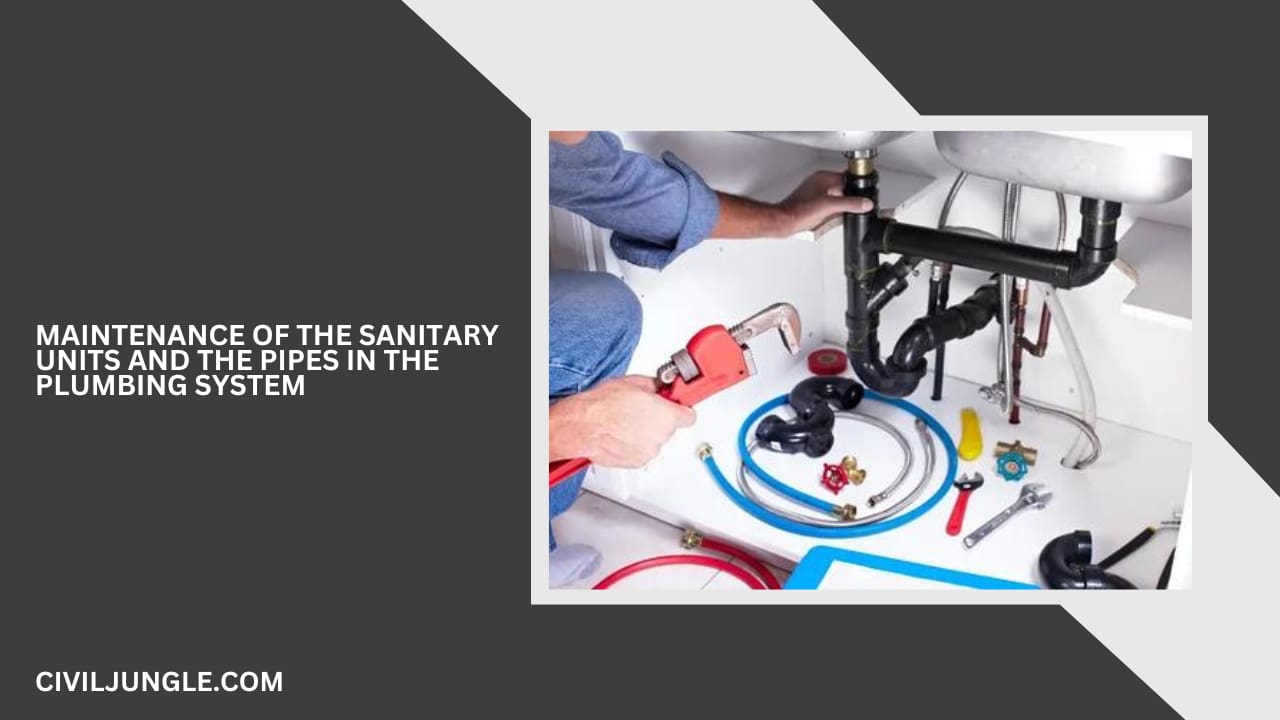
The drainage system of the building should be properly maintained and cleaned regularly for its efficient working condition. Here are some points which we have listed below which you should carefully note
- Entry of the Undesirable Elements
- Flushing
- Inspection
- Quality of the Materials
- Use of the Disinfectants
1. Entry of the Undesirable Elements
Extreme care and precaution should be taken to avoid the entry of any undesirable elements in the system such as grit, sand, fruits, leaves etc. These elements may block the pipes.
2. Flushing
To maintain the proper drainage system of the house in the efficient working condition, it is recommended to flush it once or twice in a Day.
3. Inspection
- It is necessary that regular inspection of various units of the house drainage system should be done.
- Is there any damage or are obstruction is found it should be replaced and repair immediately.
4. Quality of the Materials
The materials and the pipes which are used in the plumbing system should be of the best quality.
5. Use of the Disinfectants
To maintain the good sanitary condition in the building the disinfectants should be used in the laboratory blocks and bathrooms.
Frequently Asked Questions (FAQ)
What Is a Soil Vent Pipe?
A soil vent pipe, also known as an SVP or soil stack, is a type of pipe used to convey sewage and wastewater from toilets and sinks to the drainage system. It also allows for the ventilation of gases produced in the drainage system.
Why Is a Soil Vent Pipe Important in a Building’s Plumbing System?
A soil vent pipe is crucial for regulating the pressure in the drainage system and for venting out foul gases. Proper ventilation prevents blockages and ensures that the wastewater is efficiently and safely removed from the building.
What Materials Are Commonly Used for Soil Vent Pipes?
Soil vent pipes are commonly made from materials like cast iron and UPVC (unplasticized polyvinyl chloride). While cast iron was traditionally used for its durability, UPVC is now more popular due to its resistance to corrosion, lower weight, and cost-effectiveness.
How Does a Soil Vent Pipe Work?
The soil vent pipe conveys wastewater and waste solids from various fixtures to the drainage system. It also vents the gases produced in the system to the atmosphere, preventing unpleasant odors and maintaining atmospheric pressure in the drainage system.
What Are the Different Types of Plumbing Systems Involving Soil Vent Pipes?
There are several types of plumbing systems:
- Single Stack System: Uses a single vertical pipe for both soil and ventilation.
- One Pipe System: Features a separate vent pipe in addition to the waste pipe.
- One Pipe System Partially Ventilated: Includes an intermediate arrangement between single stack and one pipe systems.
- Two Pipe System: Utilizes separate pipes for soil and wastewater, each with its own vent.
What Factors Should Be Considered When Designing a Soil Vent Pipe?
Key factors include economy and cost, strength and durability, resistance to abrasion, and lightweight characteristics. These factors ensure that the soil vent pipe is efficient, long-lasting, and cost-effective.
How Often Should Soil Vent Pipes Be Inspected and Maintained?
Regular inspection and maintenance are essential for efficient operation. It’s recommended to flush the system once or twice daily, avoid the entry of undesirable elements, and use disinfectants to maintain sanitary conditions. Any damage or obstructions should be repaired promptly.
What Regulations Govern the Installation and Design of Soil Vent Pipes?
Building regulations specify that the opening of the vent pipe should be at least 900 mm above any window within 3 meters of the pipe. Proper positioning ensures that gases are vented away from the building to avoid nuisance and health risks.
Can Soil Vent Pipes Become Blocked?
Yes, soil vent pipes can become blocked, often due to nesting birds or debris. It is important to protect the vent pipe with a wire or perforated cap to prevent blockages and maintain proper ventilation.
What Should I Do If I Suspect a Problem with My Soil Vent Pipe?
If you suspect issues with your soil vent pipe, such as blockages or foul odors, conduct a thorough inspection and address any problems immediately. Consider consulting a professional plumber for a detailed assessment and repairs if necessary.

